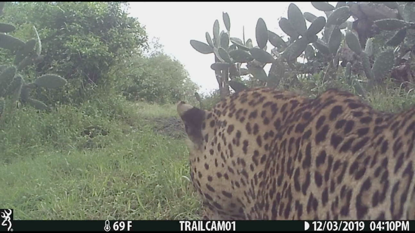Leopard – secretive, elusive, graceful and sleek
(Panthera Pardus)
Leopard monitoring and identification requires patience. We have sightings of leopard but to know how many individuals reside within the Conservancy we need to identify and monitor each individual.
Once we have identified most of the Soysambu population we will then have the ability to better estimate the population. One tool in monitoring the population is tracking collars (very expensive leather necklaces). Another useful tool are trail cameras. With new technology we are able to place trail cameras in key locations to gather data. Fundraising is underway to acquire the cameras needed to enable us to get an accurate estimate of the population.
To Donate to this program click here.
The Conservation status of African Leopard.
Identification of Panthera Pardus
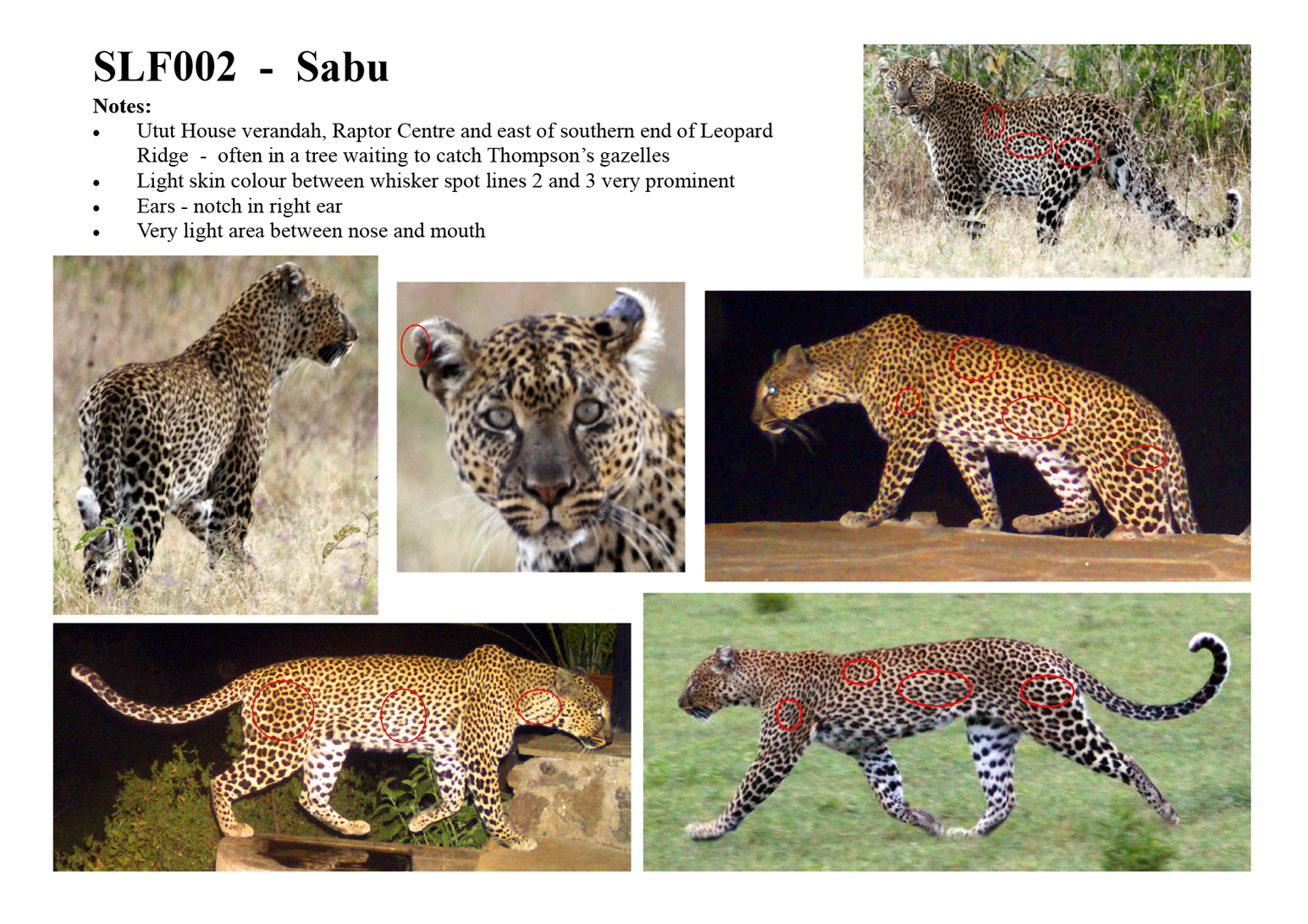
|
|
SCIENTIFIC NAME: Panthera pardus |
|
|
WEIGHT: 17 to 65 kilograms (37 to 143 pounds) |
|
|
SIZE: 1.6 to 2.3 meters in length (5 to 7.5 feet) About 60 to 70 centimeters in height (2 to 2.5 feet) |
|
|
LIFE SPAN: Average 10 to 12 years in the wild. Up to 23 years in captivity. |
|
|
HABITAT: Desert and semi-desert regions, arid regions, savanna grasslands, mountainous environments, rainforests, and occasionally urban areas. |
|
|
DIET: Carnivorous |
|
|
GESTATION: 2.5 months |
|
|
GESTATION: 2.5 months |
|
|
PREDATORS: Humans |
|
|
IUCN RED LIST: Vulnerable |
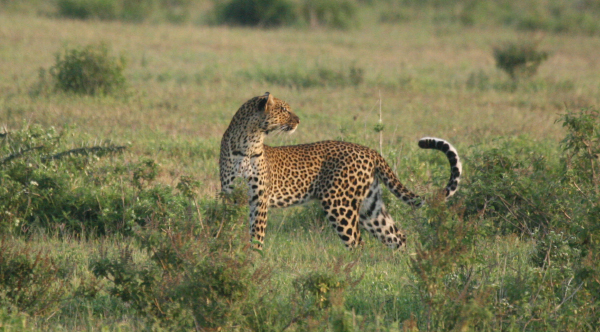
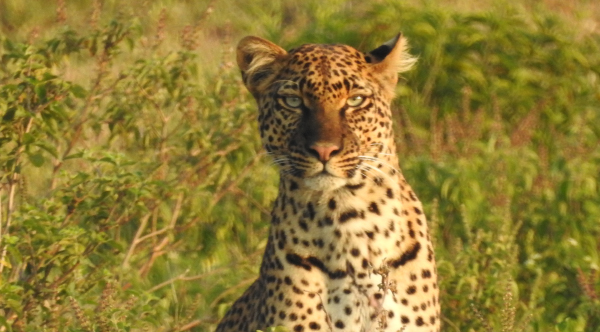
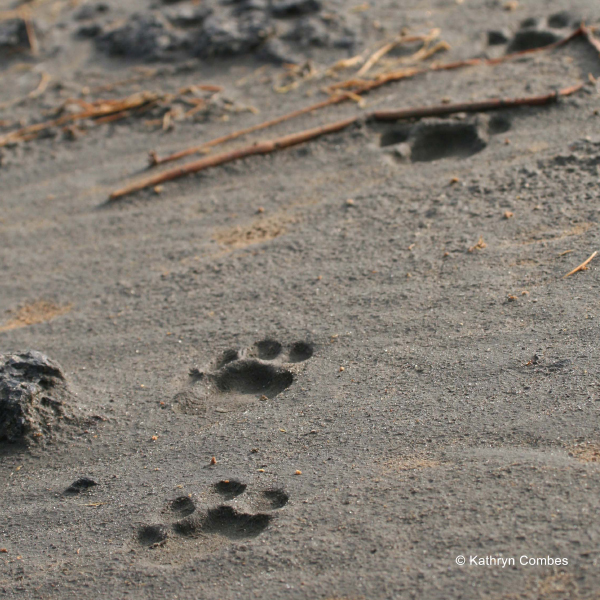
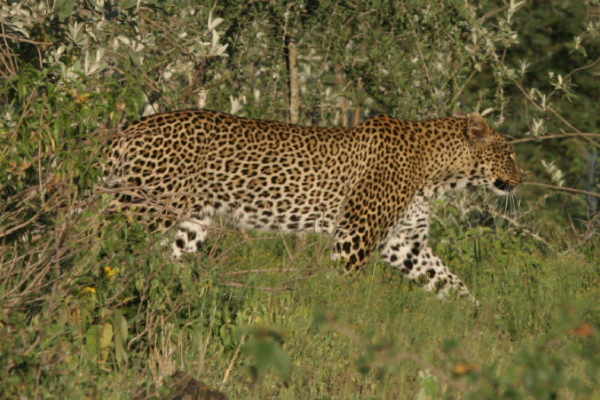
Leopards are cunning, opportunistic hunters.
Their diet fluctuates with prey availability, which ranges from strong-scented carrion, fish, reptiles, and birds to mammals such as rodents, hares, warthogs, antelopes, and baboons.
They are strong climbers.
Pound for pound, the leopard is the strongest climber of all the big cats. Their shoulder blades even have special attachment sites for stronger climbing muscles. They spend much of their time in trees even when stalking prey and for eating. Both lions and hyenas will take away a leopard’s food if they can. To prevent this, they will often store their kill high up in tree branches where it can feed in relative safety.
Leopards like their space.
They are predominantly nocturnal, solitary animals, but each individual has a home range that overlaps with its neighbors. Males have a larger range, and a single male’s range will often overlap with the range of several females. Ranges are marked with urine and claw marks.
Female leopards set down roots when cubs are born.
A female typically gives birth to a litter of two or three cubs. She abandons her nomadic lifestyle until the cubs are large enough to accompany her. She keeps them hidden for the first eight weeks and moves them from one location to the next until they are old enough to start learning to hunt. They get their first taste of meat in six or seven weeks and stop suckling after about three months. The cubs continue to live with their mothers for about two years.
Information copied from our partner African Wildlife Foundation.

